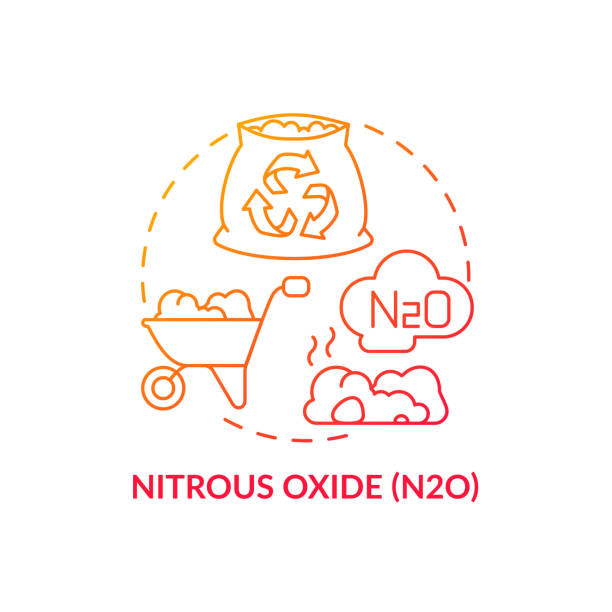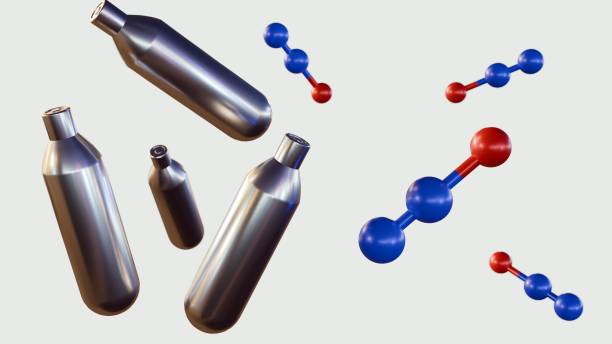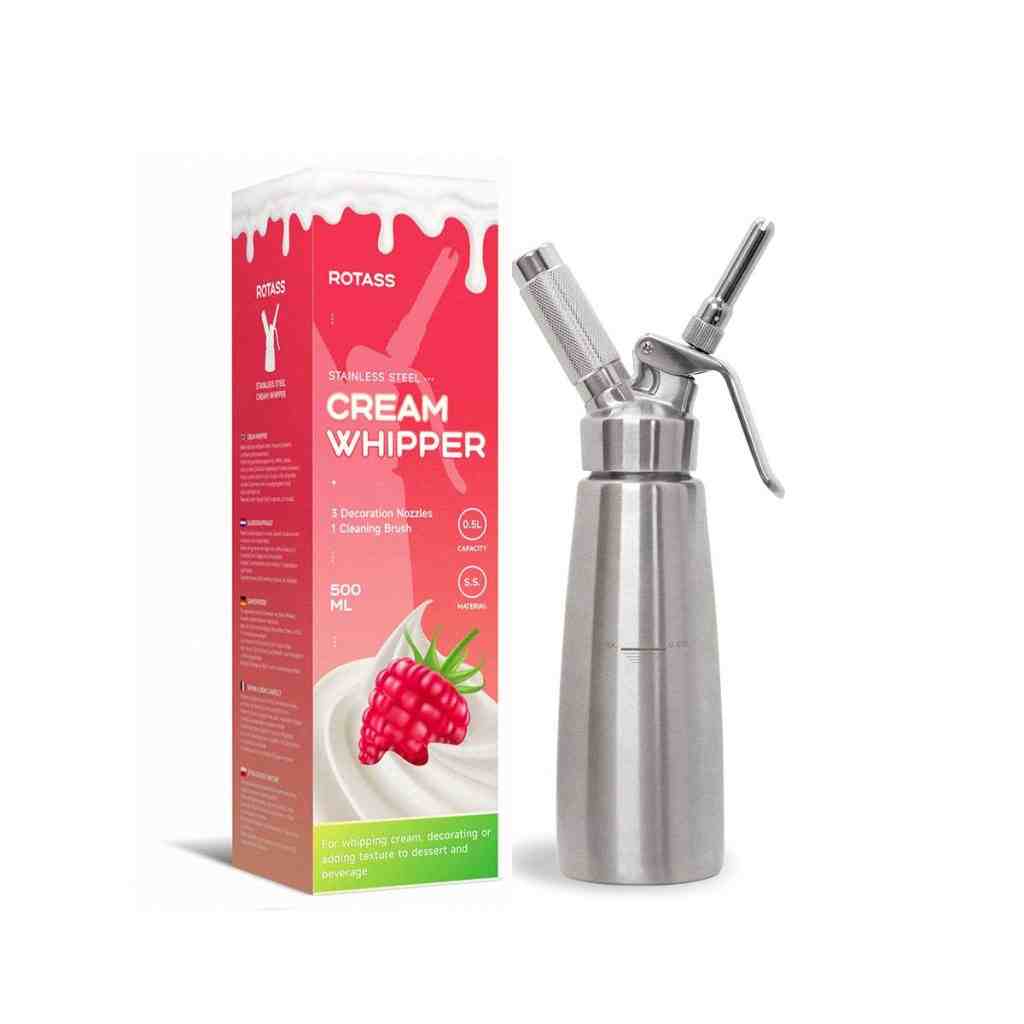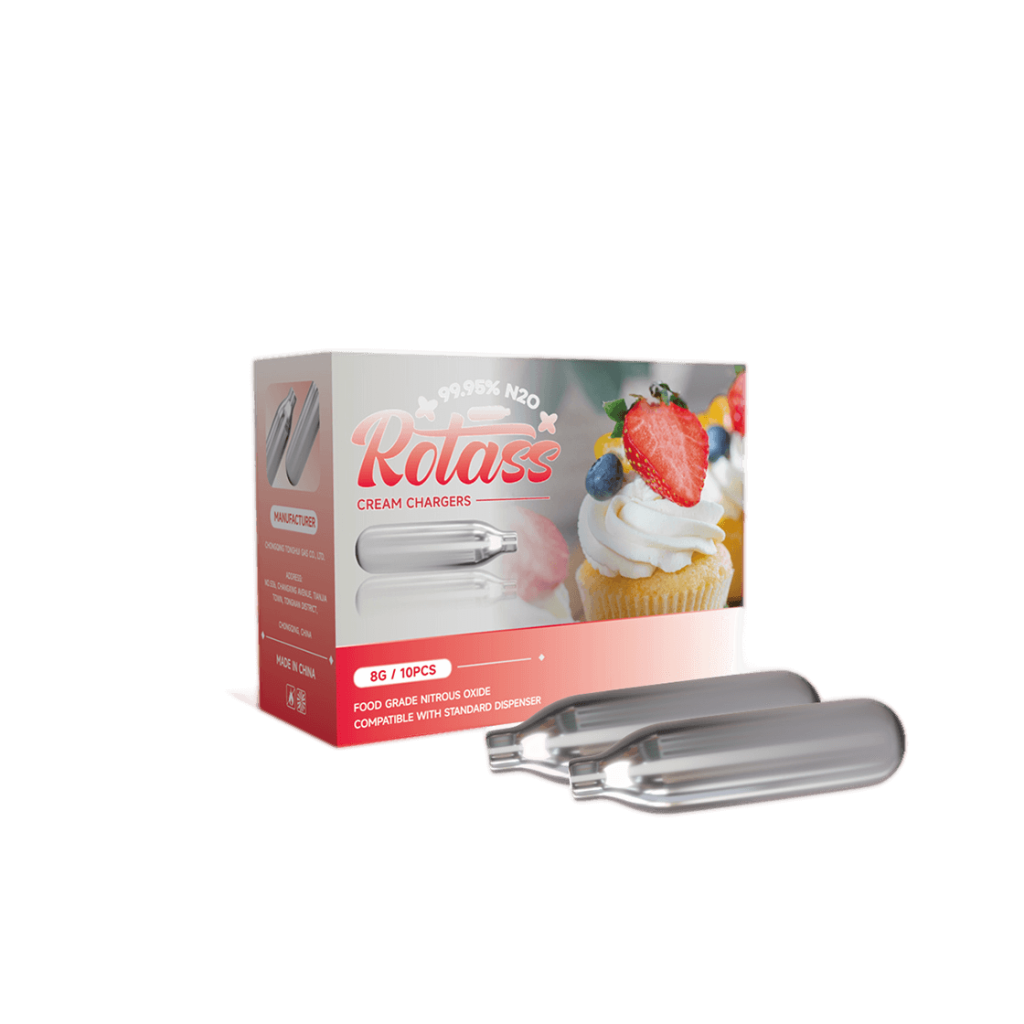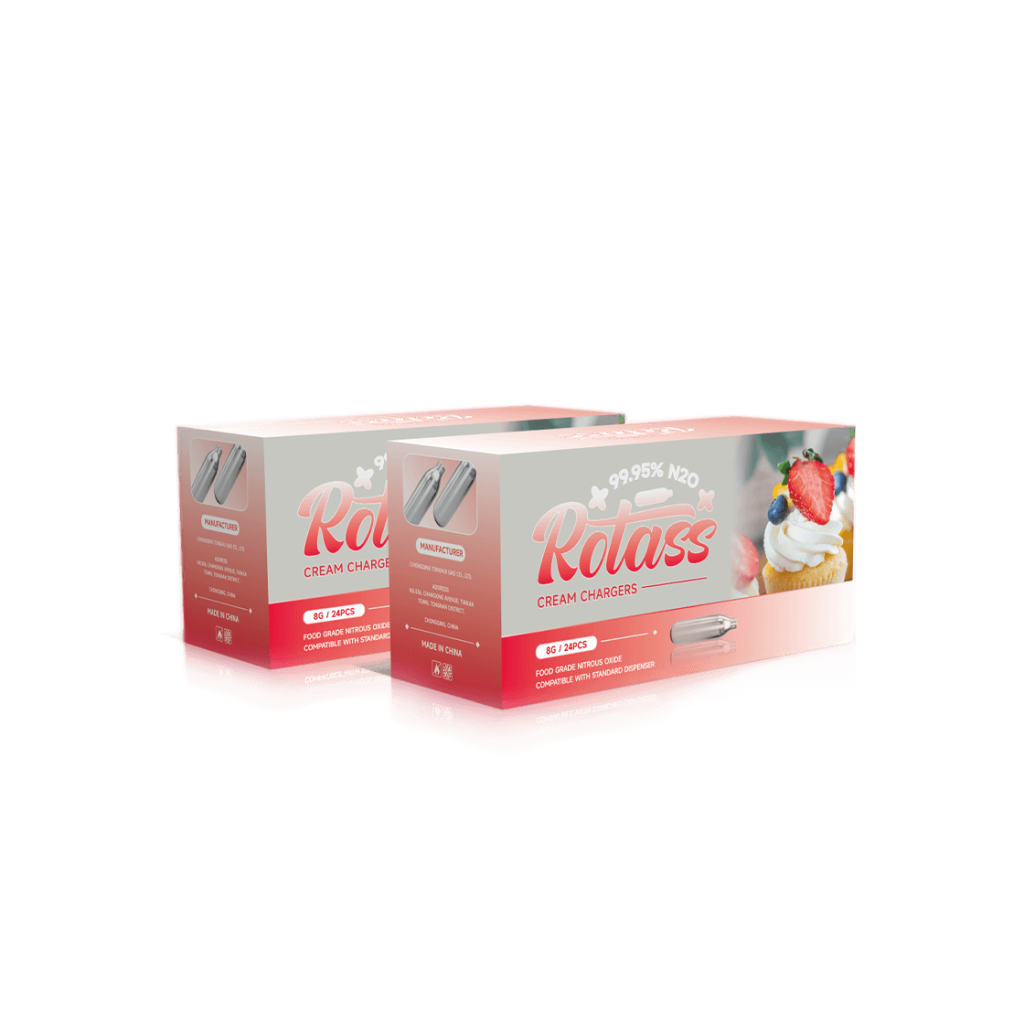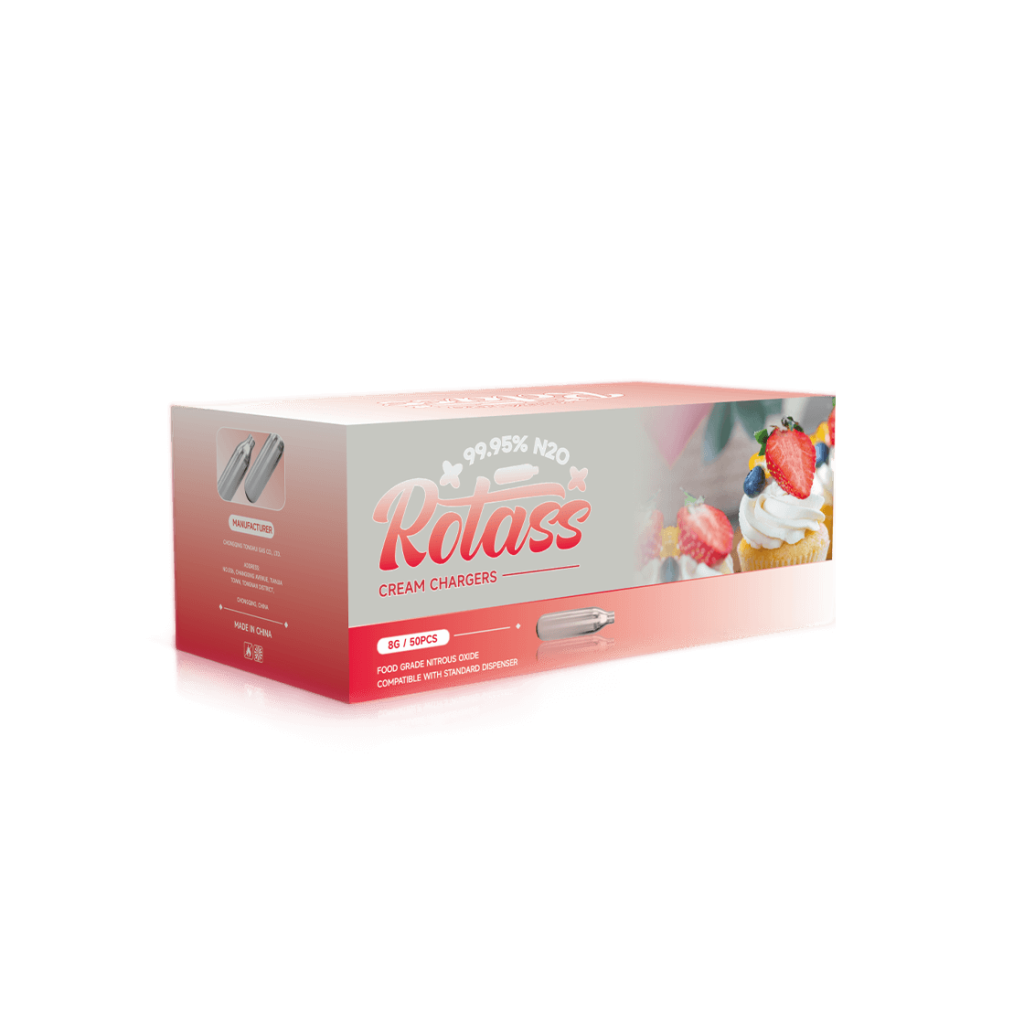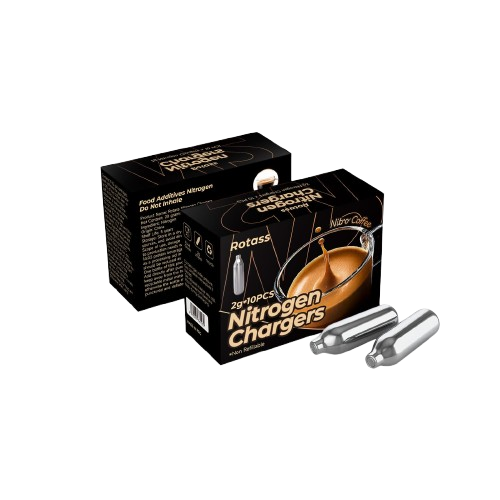2025 / 09 / 18
How to Avoid Leaks with 8g Cream Chargers?
Table of Contents
Whipped cream chargers or 8g cream chargers or 8g whipped cream chargers are standard equipment in home kitchens and restaurant food service. The tiny steel cartridges contain under-pressure nitrous oxide (N₂O) gas, which when applied in a whipped cream dispenser, generates light and stable whipped cream in seconds.
However, a leaking cream charger not only wastes gas but can also ruin your cream, create safety hazards, and increase costs over time. In this article, we will explore how to recognize a leaking cream charger, the most common causes of leaks, the role temperature plays in performance, and the practical steps you can take to prevent leaks. Finally, we’ll share professional tips that will help you get the most out of your 8g cream chargers.
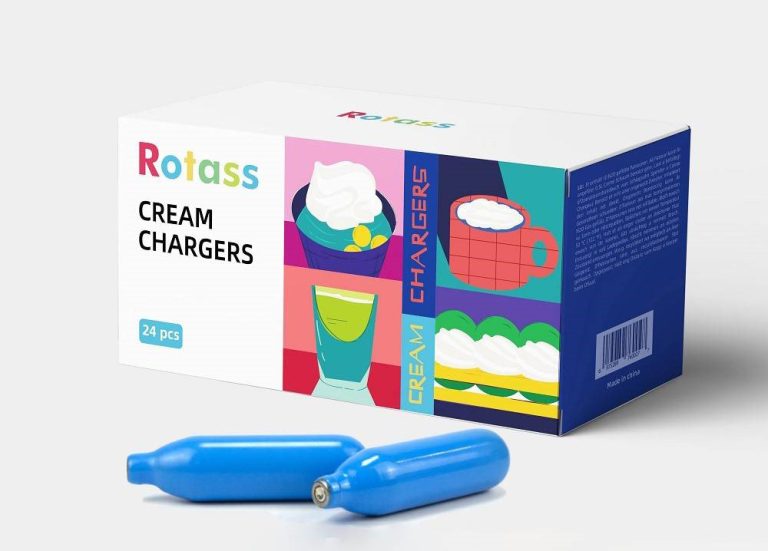
How to Tell If a Cream Charger Is Leaking?
Early identification of leaks stops you from wasting gas or ruining a batch of cream. These are the most common signs:
- Audible Hissing Sound: The first obvious sign is a faint or audible hissing sound when you attach the charger to the dispenser. This indicates that the gas is escaping before it has fully pierced the cartridge.
- Lack of Pressure: After the charger is inserted, the dispenser should have pressure. If the cream or liquid comes out without the usual force, or if the dispenser feels slack, it’s an evident sign that the gas leaked.
- Partial or No Whipping: The charger primarily serves to whip the cream. If your cream still pours or is only partially thick, that is an indication that the N2O had not fully dispensed into the canister.
- Cold Canister: A rapid release of pressurized gas causes an enormous reduction in temperature. When you feel an unexpected, extreme cold feeling on the charger or the head of the dispenser, it can be that the gas is escaping rapidly from an unexpected location, not just from the nozzle.
- Bubbles in the Dispenser: If you remove the head and see bubbles inside the cream, then it is a sign that gas is bubbling out since the seal was loose or the charger was faulty.
By closely observing these signs, you will be able to identify leaks easily and respond before you burn through a number of chargers.
What Are the Causes of Leaks in 8g Cream Chargers?

There are several reasons why 8g whipped cream chargers may leak. Understanding these causes helps in finding the right solutions.
Improper installation
Chargers must be inserted straight and secured firmly. Tilting or over-tightening may prevent a proper seal.
Worn-out seals or gaskets
The rubber gasket inside the dispenser head ensures airtightness. Over time, it can crack, flatten, or degrade, causing leaks.
Compatibility issues
While most 8g chargers are universal, slight variations in size or head design can cause poor fitting with certain dispensers.
Damaged dispensers
A dispenser with worn threads, bent piercing pins, or faulty valves can’t hold pressure effectively.
Low-quality chargers
Inconsistent manufacturing, thin steel, or poorly sealed tips can result in gas escaping prematurely.
Temperature as a Key Factor Affecting Cream Charger Performance
Temperature plays a surprisingly important role in the performance of 8g cream chargers.
- High temperatures: In hot climates, the internal charger pressure rises significantly during storage. This may result in micro-leaks or discharge prior to installation.
- Low temperatures: Extremely low chargers may affect rubber seals’ elasticity, lowering their sealing efficiency. Gas may release unbalanced as well.
- Best storage practices: Keep chargers in a cool and dry place, preferably at room temperature (15–25°C / 59–77°F). Never leave them in automobiles, on or near ovens, or in freezers.
Having a consistent environment extends both the shelf life and performance dependability of your chargers.
What to Do If a Cream Charger Leaks?
If you discover a leak, follow these steps to handle it safely:
- Stop using the dispenser immediately. Do not attempt to force the charger tighter while gas is escaping.
- Check for visible damage. Inspect the dispenser head, gasket, and charger itself for cracks, misalignment, or deformities.
- Replace faulty components. If the gasket is cracked or the dispenser thread is worn out, replace them before reusing the device.
- Dispose of leaking chargers safely. A cartridge that is actively leaking should not be reused. Allow it to discharge in a well-ventilated space before disposal.
- Try a different charger. If leakage continues with multiple chargers, the issue is likely with your dispenser, not the cartridges.
Acting quickly reduces waste and prevents accidents.

How to Effectively Prevent Cream Charger Leaks
Prevention is always better than troubleshooting. Here are proven strategies to reduce the risk of leaks:
- Install chargers correctly. Always insert them vertically and tighten firmly but without excessive force.
- Maintain dispenser seals. Check gaskets regularly and replace them at the first sign of wear.
- Keep components clean. Wipe away cream or residue from the dispenser head before inserting a new charger.
- Use high-quality products. Choose reputable 8g cream charger brands with strict quality controls to avoid defective cartridges.
- Avoid extreme conditions. Store chargers at stable room temperature and protect them from humidity.
For convenience, you can create a simple pre-use checklist:
- Inspect the gasket
- Clean the dispenser head
- Insert the charger upright
- Tighten securely, but not forcefully
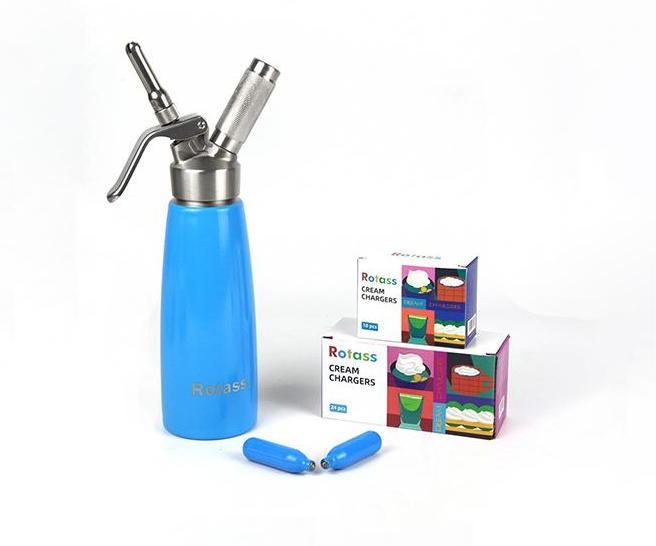
Professional Tips for Daily Use of Cream Chargers
For frequent users—such as coffee shops, bakeries, and catering businesses—efficiency and reliability are essential. Here are some pro tips:
Shake before use. After charging, shake the dispenser gently to distribute gas evenly through the cream.
Avoid overcharging. Using multiple chargers in quick succession can increase pressure and lead to leaks.
Schedule maintenance. High-use environments should inspect and replace gaskets monthly.
Consider larger solutions. If you use dozens of chargers daily, upgrading to larger N₂O tanks with professional dispensing systems may reduce both leaks and costs.
Train staff. Simple mistakes, like inserting chargers at an angle, can cause recurring leaks. Proper training prevents this.
These tips ensure consistent results while minimizing waste.
Final Thoughts
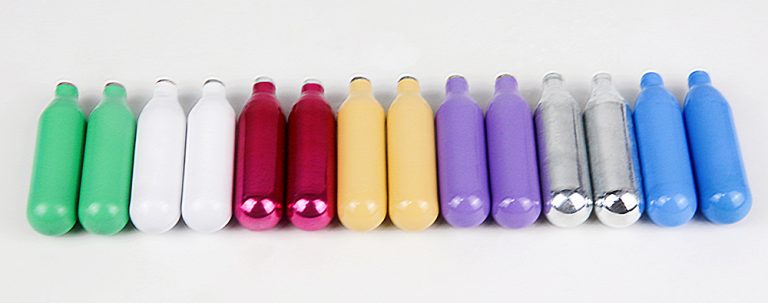
8g whipped cream chargers are an indispensable tool for making fresh, delicious whipped cream. While leaks can be frustrating, they are not inevitable. By learning how to recognize leaks, understanding their causes, managing temperature, and following preventive practices, you can enjoy smooth, reliable results every time.
For the best performance, always choose high-quality chargers from trusted manufacturers.
At ROTASS, our end-to-end production line—from cartridge manufacturing and nitrous oxide gas production to filling, processing, and packaging—ensures top-quality products at the most competitive prices. With an exceptional 99.95% purity of N₂O, ROTASS 8g cream chargers are the ideal choice for creating safe, fresh, and delicious whipped cream.

